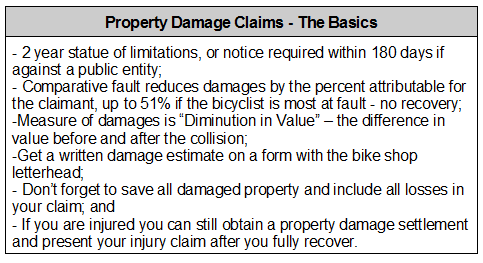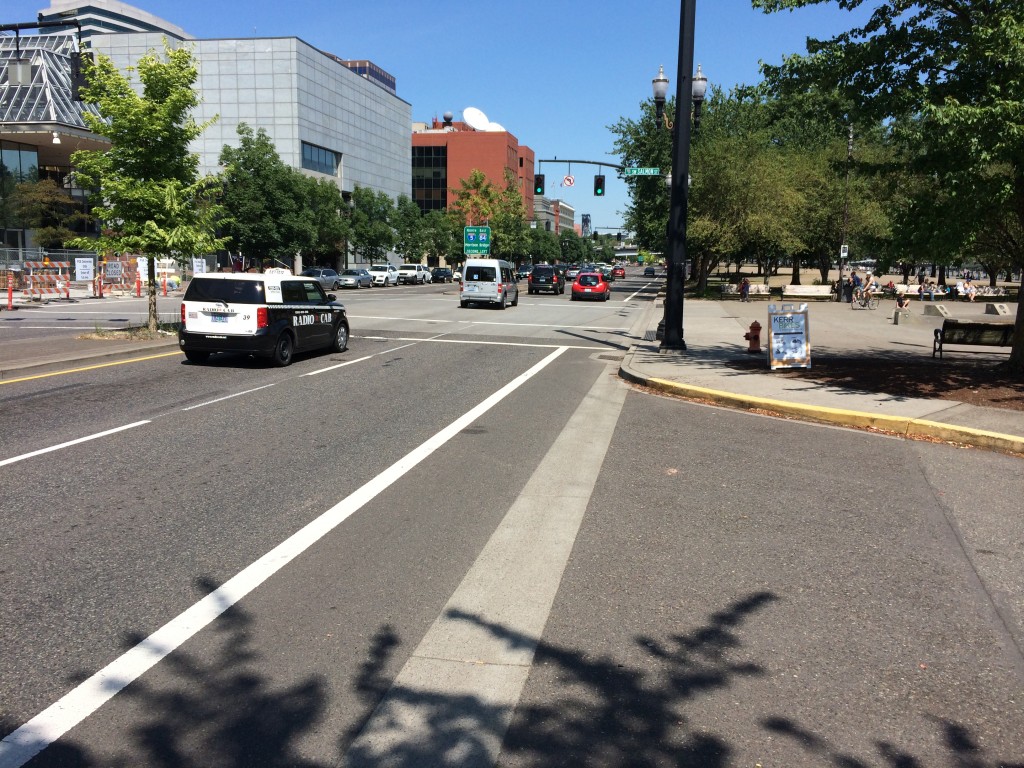Electric Assisted Bikes, also known as e-bikes or e-assist bikes, are a growing trend, not just in Oregon but worldwide. The New York Times recently ran an article profiling the growth of sales that e-bikes are experiencing in Europe, and their growing popularity with “older people, delivery businesses and commuters who don’t want to sweat.” E-Bike Sales are Surging in Europe, August 25, 2014. There has been recent local focus as well. Jennifer Dill, Director of the Oregon Transportation Research and Education Consortium (OTREC) recently appeared on OPB’s Think Out Loud to discuss their growing use and yesterday the National Institute for Transportation and Communities released an in depth and well researched survey of the regulations surrounding e-bikes in the United States.
So, are e-bikes legal to ride like an unassisted bicycle? Yes, but with some very important differences (explained below).
An Electric Assisted Bicycle is a very specific creature in Oregon law under ORS 801.258. It must:
- Be designed to be operated on the ground with wheels;
- Have a seat or saddle;
- Have no more than three wheels;
- Have BOTH fully operative pedals for human propulsion AND an ELECTRIC motor; AND
- That electric motor cannot have an output above 1,000 watts AND it cannot be capable of propelling the vehicle at a speed greater than 20 MPH on level ground.
There are a lot of specific requirements for a bike to be an e-bike under the law. I have spoken to some owners of e-bikes who have motors above 1,000 watts that cannot get over 20 MPH and some who have motors at 1,000 watts who can get a speed higher than 20MPH. These are not Electric Assisted Bicycles under the law and are not granted the same rights as Electric Assisted Bicycle users.
Electric Assisted Bicycles are given the same status of bicycles under Oregon law. ORS 814.405. That means that, when reading other statutes, any rights or responsibilities given to a rider of a bicycle under the law is also given to the rider of an Electric Assisted Bicycle (unless specifically stated otherwise).
The key law in which Electric Assisted Bicycles are not given the same rights and responsibilities as unassisted bicycle operators is operation upon a sidewalk. Unassisted bicycle riders can, as a general rule, operate upon a sidewalk unless specifically prohibited from doing so by municipal ordinance (like downtown Portland and the Eugene transit mall area). However, Electric Assisted Bicycle operators are specifically excluded from riding on sidewalks statewide. ORS 814.410(1)(e).
This law creates an unnecessary inefficiency for an Electric Assisted Bicycle operator riding on the street or confined to the bicycle lane via ORS 814.420, but cannot legally escape to the sidewalk in the case of traffic or another blockage. This is an interesting restriction given the inability, by the very nature of its definition, for an e-bike to exceed 20 MPH, but an unassisted bike with the right rider could easily exceed 20 MPH on a sidewalk.
Another key difference between Electric Assisted Bicycles and unassisted bicycles is that operators under 16 are not allowed to ride Electric Assisted Bicycles per ORS 807.020(15).




